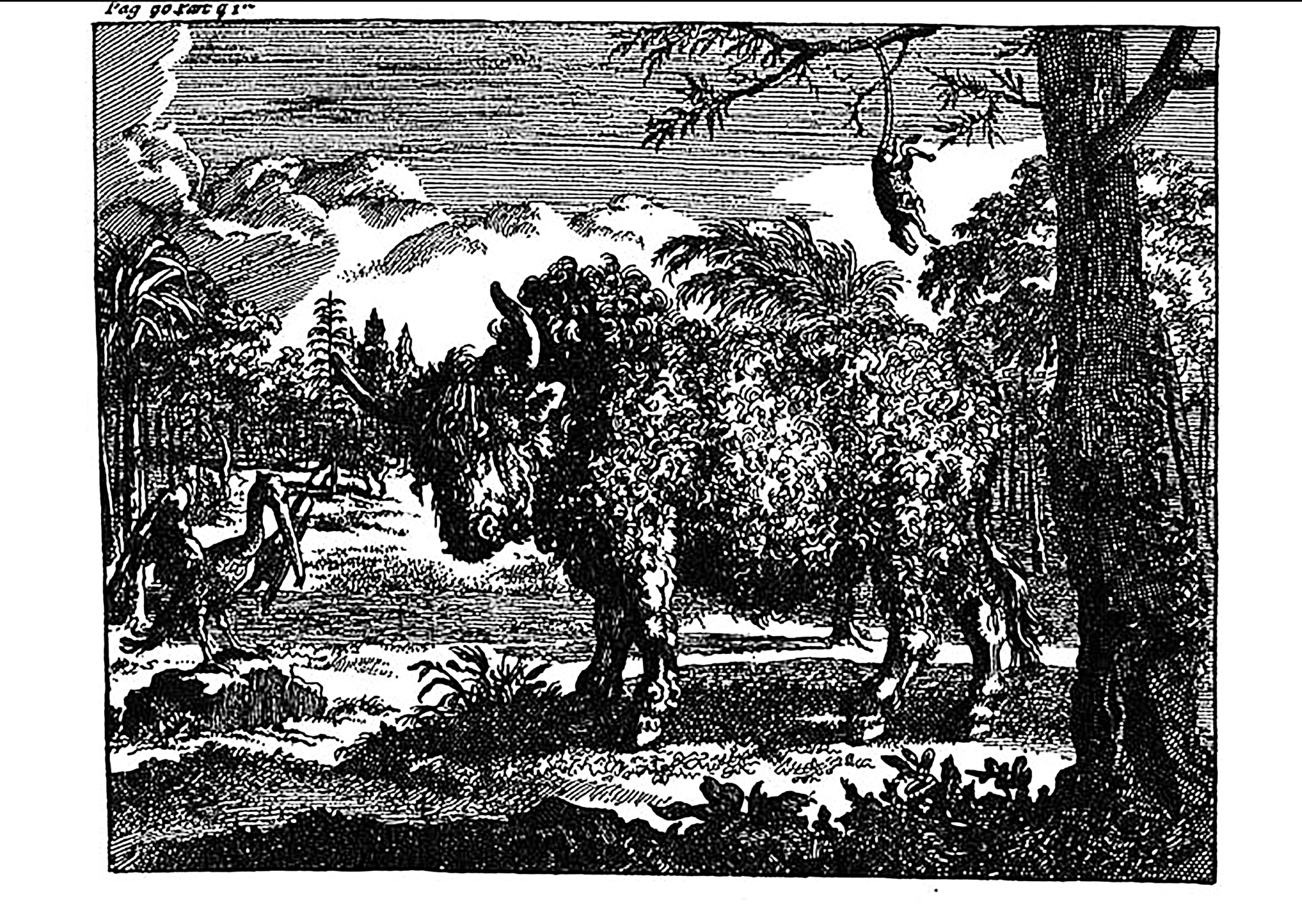 The fiberglass bison springing up around Peoria County are more than just a clever pun on “bicentennial.” They’re also an homage to the powerful bovine that once called the vanished prairies of the Illinois River Valley home.
The fiberglass bison springing up around Peoria County are more than just a clever pun on “bicentennial.” They’re also an homage to the powerful bovine that once called the vanished prairies of the Illinois River Valley home.
Among the scientific community, it’s been a matter of some debate as to when American bison actually entered Illinois. It was once thought bison didn’t arrive until around 1600, in search of better grazing after a drought set upon the Great Plains. Scientists now believe the bison came to Illinois much earlier — about 9,000 years ago.
Their presence was sporadic, but in the 2006 paper Records of Early Bison in Illinois, scholar R. Bruce McMillan wrote that bison likely maintained a continuous presence in Illinois from around 4,500 years ago up until they went extinct in Illinois.
There are more than 130 known bison bone excavations in Illinois. A 2005 Mapleton dig provided the first evidence of a bison kill site in Illinois, when a projectile point was found wedged between the ribs of one of the animals discovered. The remains of several different bison were unearthed, dating from between 305 B.C. and 1460.
The record suggests bison were never quite as numerous here as they were west of the Mississippi River. The Illinois bison population was in fact likely at its peak when Europeans first arrived in the 17th century.
In 1683, French Jesuit missionary Louis Hennepin described how the Miami people expertly hunted bison by using fire to force the animals to make an escape through narrow gaps where they could be easily picked off by bow and arrow. Hennepin wrote bison meat was “very succulent,” and that their wooly hides were used to make robes.
Bison were still living near the Illinois River when young Antoine Deschamps settled down in 1778 at the French village situated on the future site of Peoria. In one colorful story, the young Deschamps was out canoeing when he “came nigh being swamped by them” as a herd of bison swam across the river.
Robert Marzim, writing about the 2001 archaeological dig searching for the French village at Peoria, noted that among their findings was a bison bone likely deposited sometime after 1780 — among the latest known in Illinois.
But as McMillan writes, North America’s largest native land mammals were no match for the guns, horses, and fur trade introduced in the French colonial era. By the time Peoria County was founded in 1825, bison were virtually extinct in Illinois.
Depending on the source, the last recorded bison kill in Illinois was either in 1808 or 1837, though signs of them lingered. Early settler DeWitt Drown wrote of coming across a “great number” of decaying bison bones on a northwestern Peoria County prairie in 1832.
The bison’s sad fate in Illinois was a harbinger of things to come with America’s further westward expansion. As many as 60 million bison roamed North America in the 1700s, but by 1889, just 541 survived due to severe overhunting.
Conservation efforts saved the species from total extinction, and the species now numbers around 500,000. Bison were reintroduced to Illinois in 2014 after an absence of two centuries, and today, a small herd now roams once more in Peoria County at Wildlife Prairie Park.

1 comment for “Peoria County Bicentennial: American bison roamed our county long ago”
Recent Comments
Fascinating to think that American bison once roamed Peoria County—it’s a vivid reminder of how much the landscape and ecology have changed over time. This kind of local history helps ground us in a deeper sense of place and invites reflection on how we interact with the environment today.